The US’s Most Fuel-Efficient Airlines
A new report from the International Council on Clean Transportation shows that three of the nation's biggest airlines are among its least fuel-efficient: Delta Air Lines (NYSE:DAL), US Airways (NYSE:LLC) and American Airlines (OTCMKTS:AAMRQ).
The nonprofit environmental consulting firm, which is funded by Climate Works and the Hewlett Foundation, looked at the overall in-service fuel efficiency of the 15 mainline domestic carriers operating in the U.S. in 2010. It said the resulting report is the first such analysis done using publicly available data and adjusting for variations among airlines in business operations, networks and scale “to provide an apples-to-apples comparison.”
“Surprisingly little public information is available to policymakers, investors and consumers about airline fuel efficiency and CO2 emissions. This report is a step toward filling that information gap,” the authors explained.
The findings paint a picture of a starkly divided industry, where there's a staggering 26 percent difference between the most and least-efficient airlines. The report said that about one-third of the overall variation in fuel efficiency was attributable to aircraft technology, with the remainder due to factors like seat density, occupancy and ground operations practices.
Continental Airlines, which has since merged with United Airlines (NYSE:UAL), was found to be the most fuel-efficient full-service legacy carrier, while Southwest Airlines (NYSE:LUV) was the most-efficient carrier operating on a point-to-point rather than hub-and-spoke business model. The top three airlines in the study -- Alaska Airlines (NYSE:ALK), Spirit Airlines (NASDAQ:SAVE) and Hawaiian Airlines (NASDAQ:HA) -- were all relatively small carriers serving geographically limited markets.
Many of the nation’s least fuel-efficient carriers were or have been subsequently the subject of merger activity, including Delta, US Airways, AirTran and American Airlines. The least-efficient airline in the rankings, meanwhile, was also the most profitable during the 2009 to 2011 period: Allegiant Air (NASDAQ:ALGT). This suggests that there's no clear correlation between profitability and fuel efficiency.
The council warned that greenhouse gas emissions from aviation are projected to increase 4 percent annually through 2050, by which time it believes they could contribute as much as 15 percent of anthropogenic C02 emissions. Moreover, it said aviation is responsible for about 10 percent of global transportation-related oil use already, amounting to about 4.5 million barrels per day. This level of consumption is expected to double by 2030.
“Knowledge about the ways in which airlines can operate their aircraft more efficiently could be used to craft policies to reward more efficient airlines while promoting practices that reduce fuel consumption,” the report noted. “Since the price of jet fuel accounts for a large share of operating costs, investors could use fuel efficiency data to make smarter investment decisions. Finally, business and leisure travelers are increasingly demanding better information about the carbon footprint of flights to help them select less carbon-intensive travel options.”
Scroll through the slideshow above for a complete look at the 10 most fuel-efficient airlines in the U.S. domestic market.


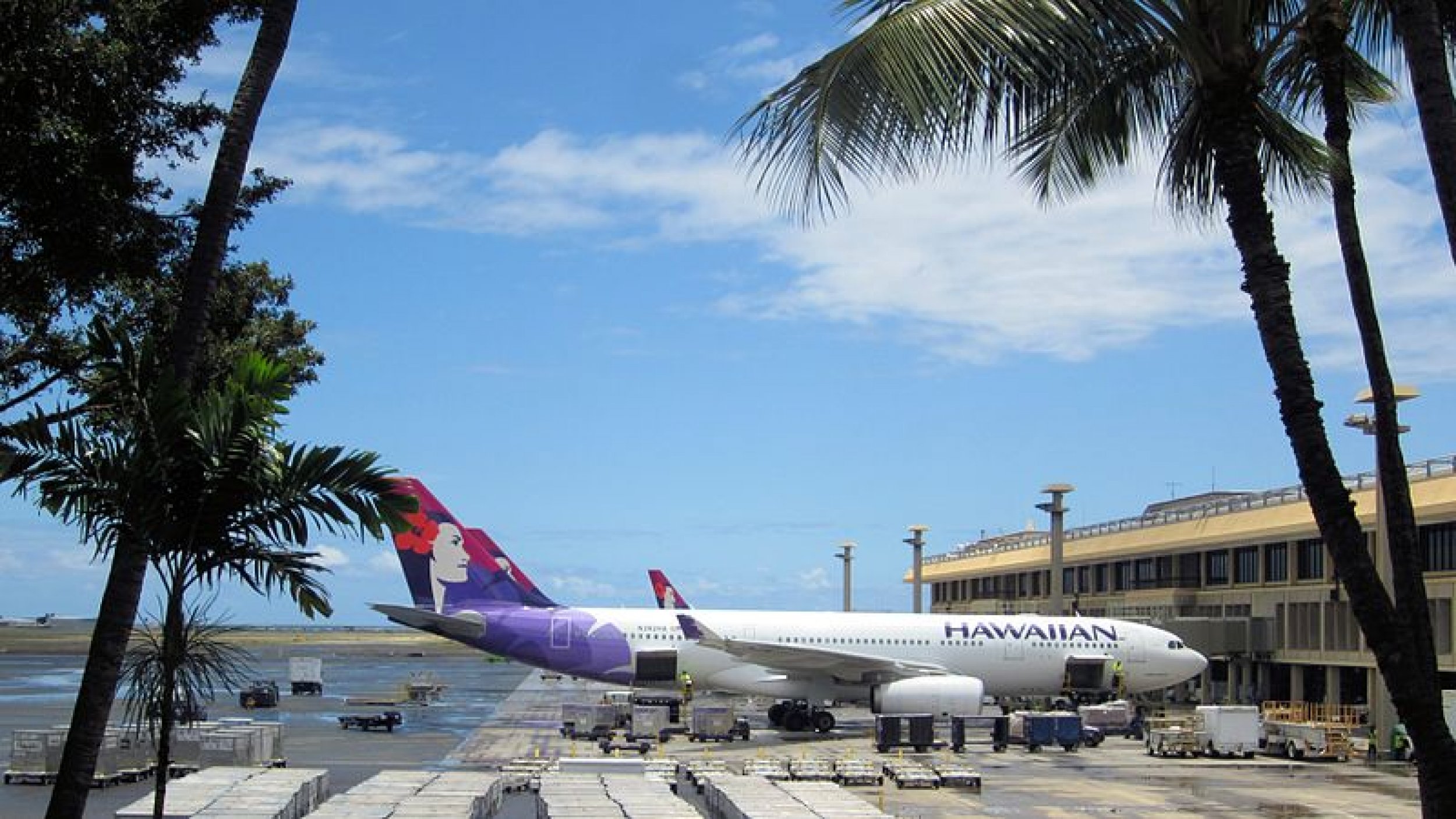

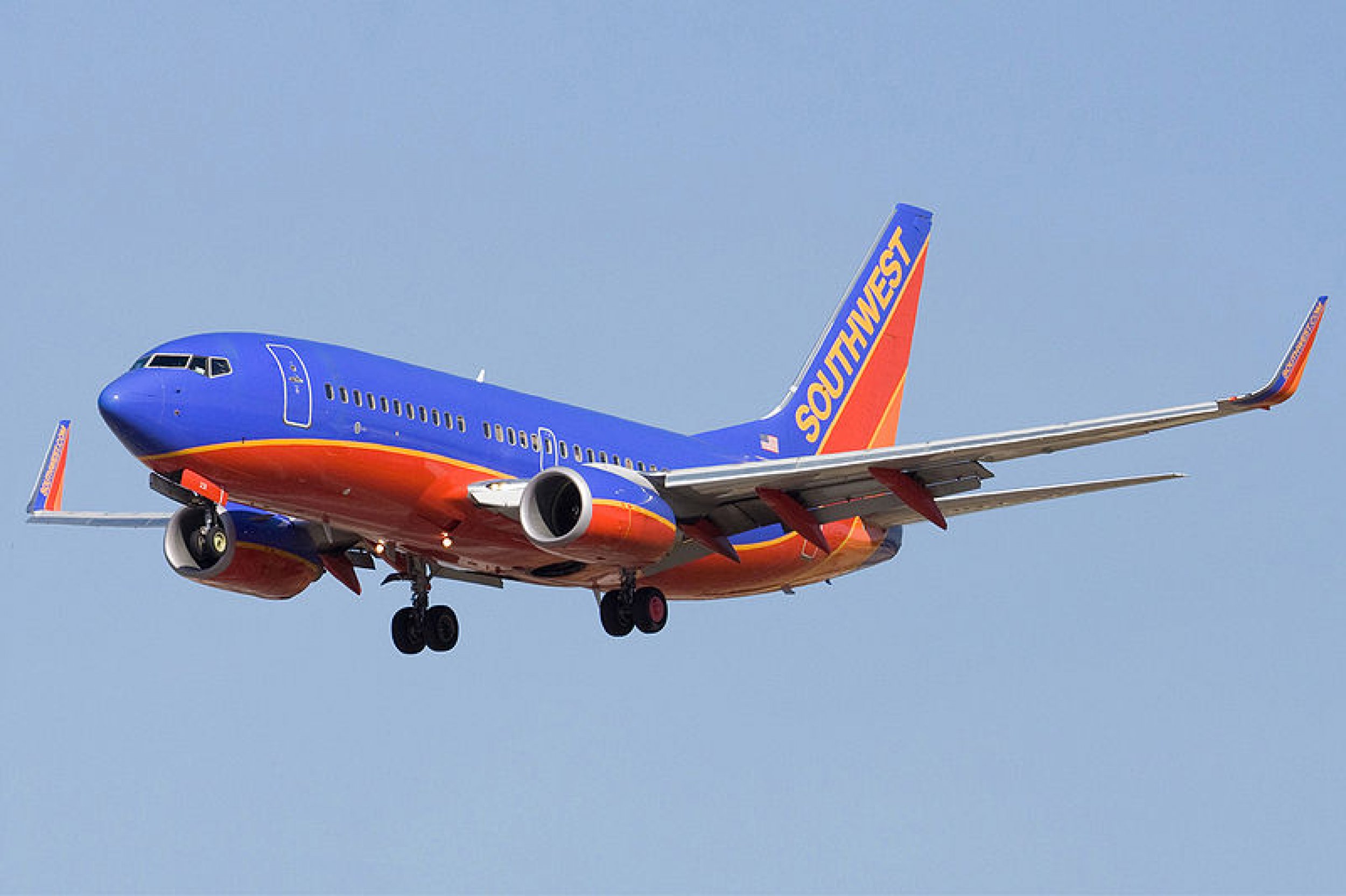
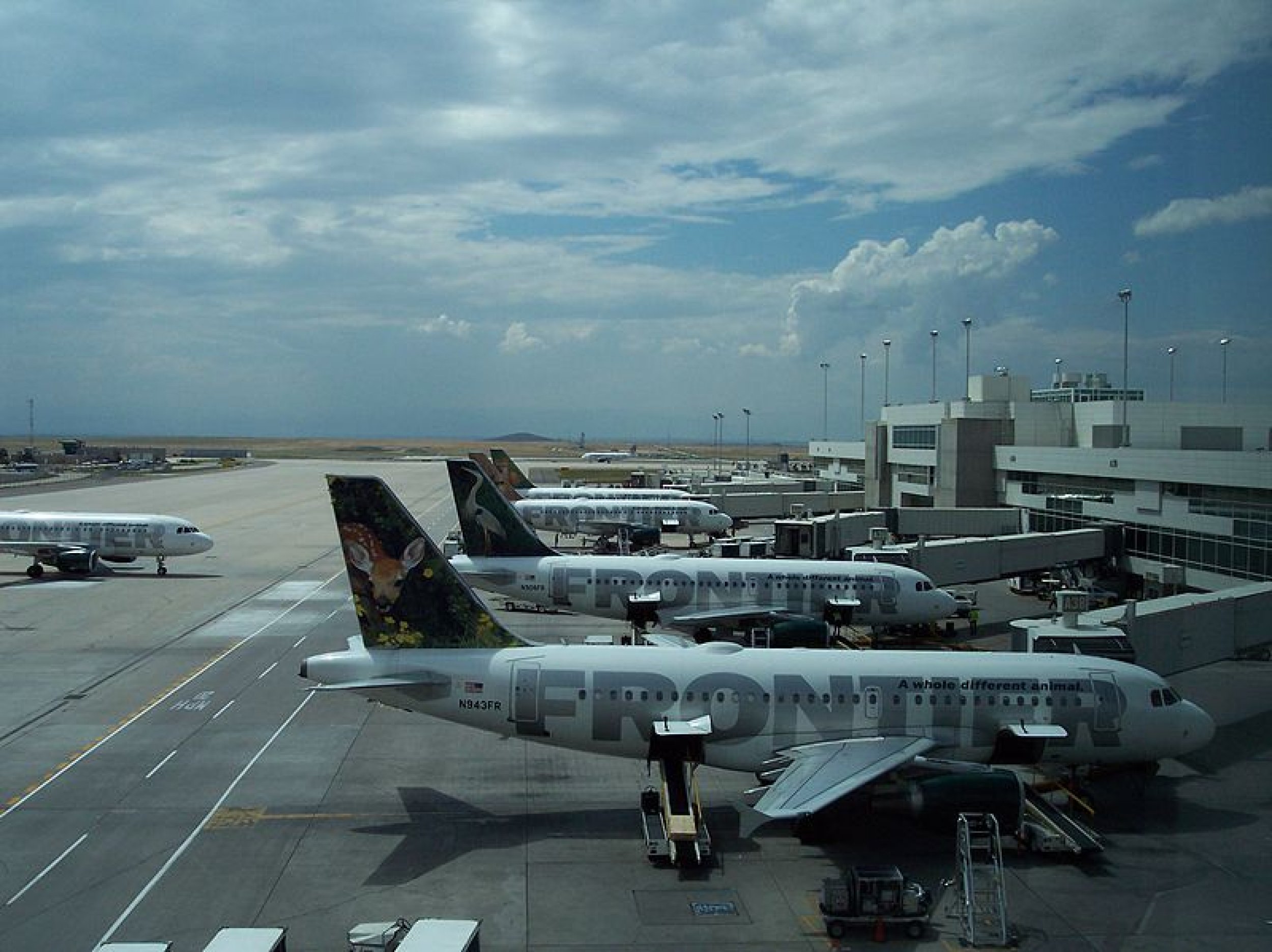
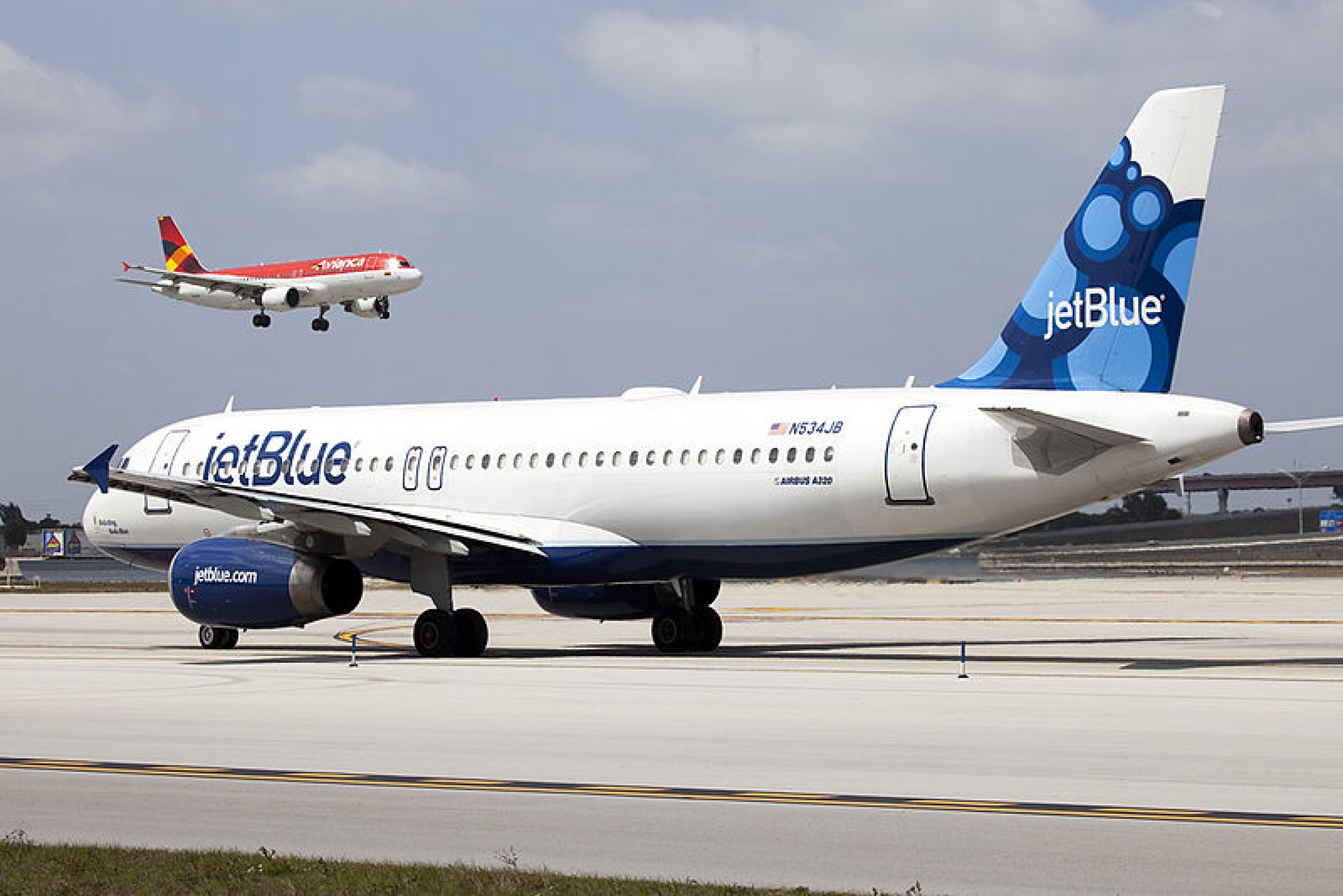
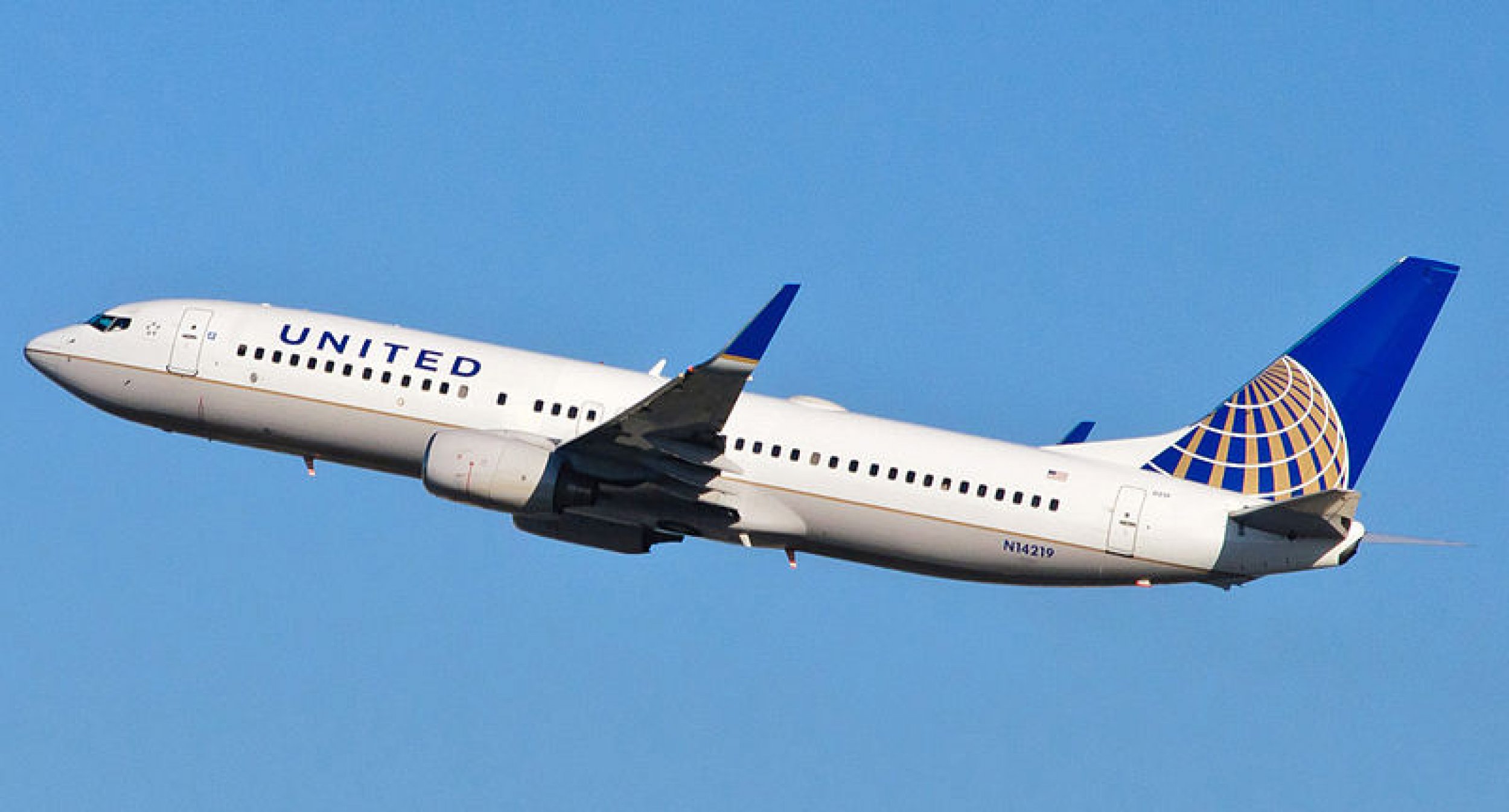
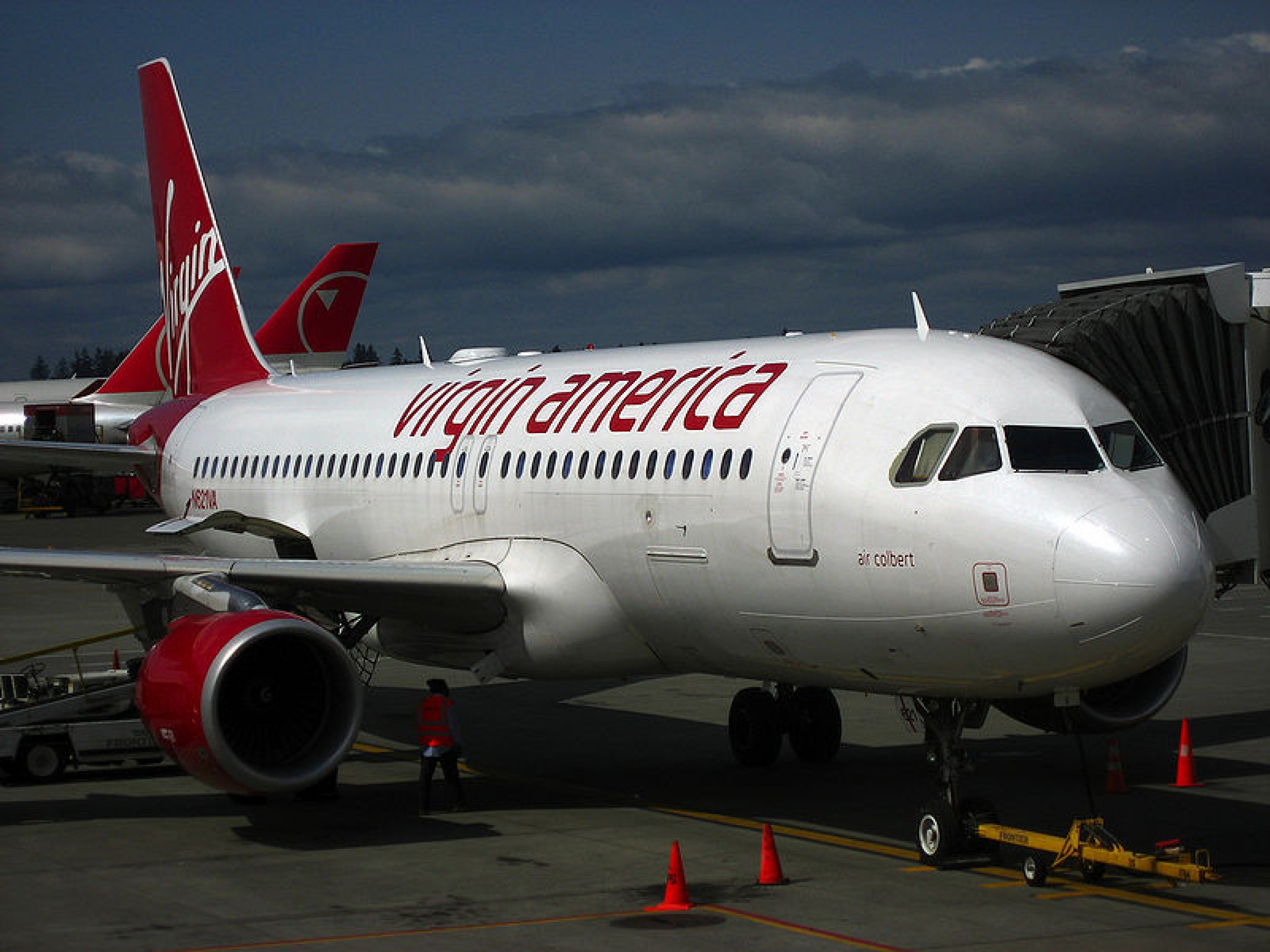
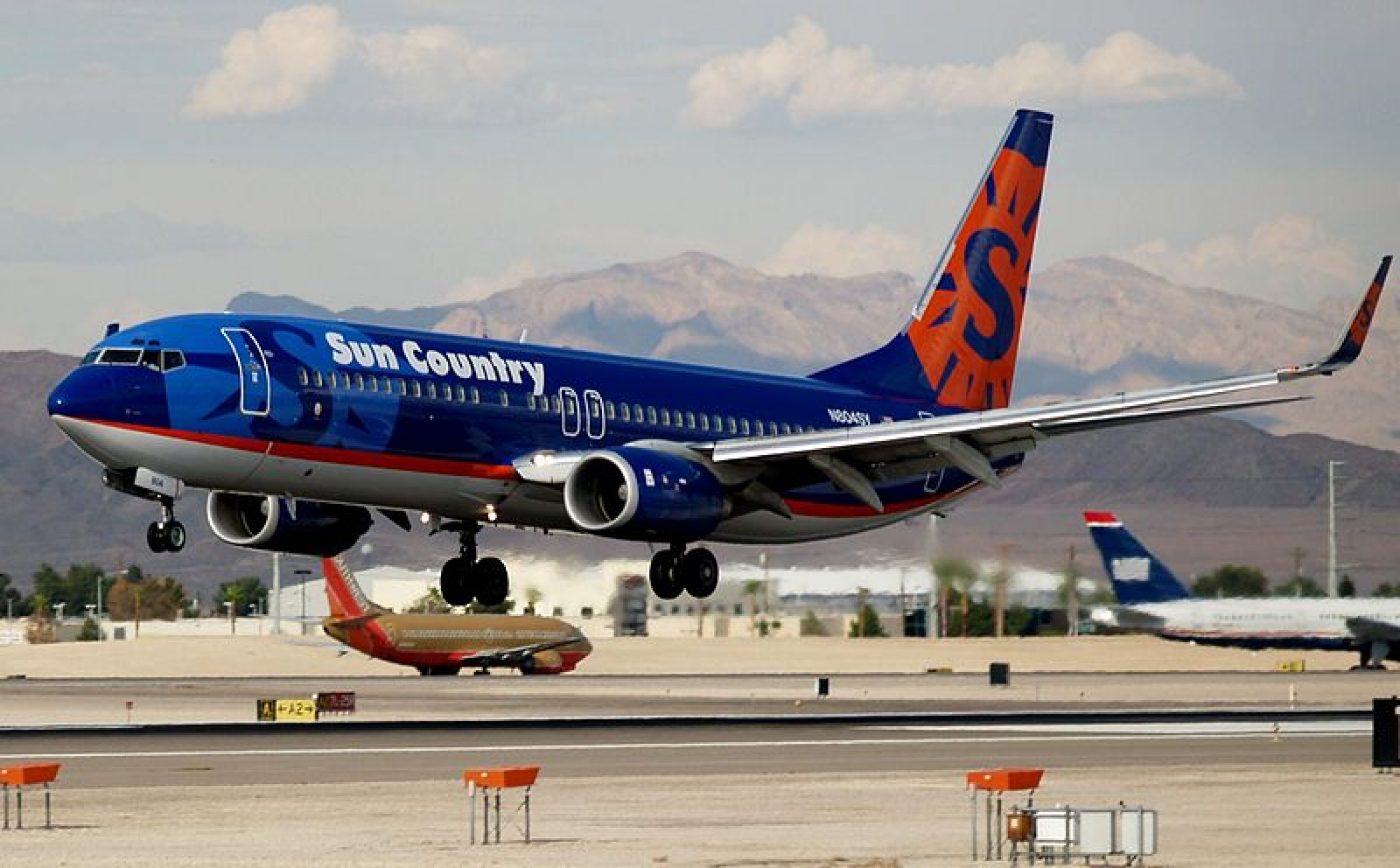
© Copyright IBTimes 2024. All rights reserved.






















